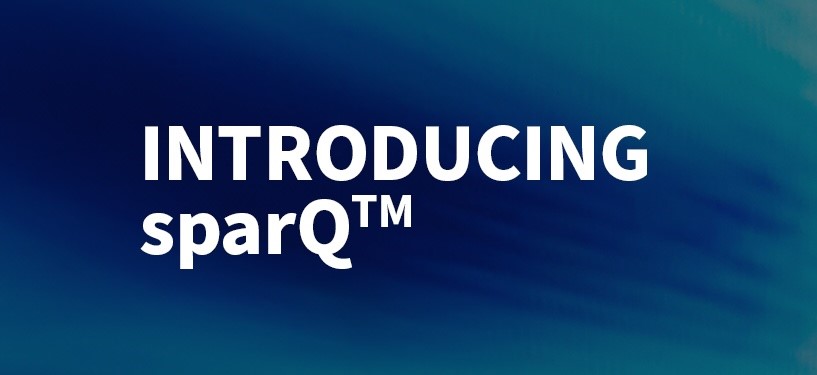Modern professionals agree that diversity empowers and enriches the workplace. They could likely list all the wonderful ways a varied collection of colleagues can improve teams. While it is heartwarming to seek candidates with various backgrounds, there is a minority that is overwhelmingly ignored. It has been demonstrated that employers (and employees) don’t consider people with disabilities when asked about their organizations’ diversity and screening efforts.
How far-reaching is this?
There is a considerable employment gap between disabled people and the general population. A recent disability status report revealed that only 37.8% of people with disabilities were employed, a stark contrast to the 80% employment rate of people without disabilities. This is surprising, given that research indicates that employers report the desire to hire more people with disabilities.
However, organization-level initiatives are often lacking, and employers tend to rely on legislative action to address the recruitment of people with disabilities. This reliance is bottlenecked as it largely depends on people disclosing their disabilities.
People with disabilities will often opt out of disclosing their status due to biases in screening. Further, sometimes this legislation can create resentment in potential coworkers and the illusion of “more work” for any people involved in the hiring process.
How does this play out in the hiring pipeline?
In many ways. Recruitment AI is a powerful tool that can streamline the hiring process, free recruiters from more focused tasks, and increase retention. However, AI is just as susceptible to bias and discrimination as humans are. Remember, AI is only as good as the data we feed it.
Consider Kat, a person with a dexterity impairment completing a gamified pre-hire assessment. These reaction times are determined with neurotypical, non-disabled people in mind. In most cases, faster reactions are synonymous with better scores. Someone with a dexterity impairment (such as Kat, our candidate) will likely not perform as quickly as someone without a dexterity impairment, which results in her otherwise wonderful application being dropped.
Recruitment AI is peppered with assessment styles that disproportionately discriminate against people with disabilities. There are two main ways that people with disabilities are affected by recruitment AI – 1) by using assessments that inherently reward the skillset of neurotypical people (such as relying on the candidate to make “eye contact” with the webcam, a disaster for people with autism) and 2) by relying on the traditional machine learning method of identifying patterns in data. When the data are based on neurotypical people, outliers (in this case, people with disabilities) are tossed from the hiring pool and thus ignored.
Though research shows that employers are vocal about wanting to improve their disability recruitment strategy. There are countless benefits to hiring people with disabilities – including (but certainly not limited to!) a diversified customer base, expanded talent, increased brand loyalty, and inclusive work culture.
Cangrade wants to help you find these candidates. As noted before, people with disabilities are often screened out during the recruitment process. Fortunately, we take equity seriously. Our flagship assessment is now ADA-compliant.
Because we do our research, we made accessibility the standard – applicants that use our platform do not have to disclose their disabilities, thus expanding the reach of their applications. Schedule a demo with Cangrade if you’re ready to reach new levels of diversity, equity, and inclusion in your workplace.
___
This post was originally published on the Cangrade blog.




